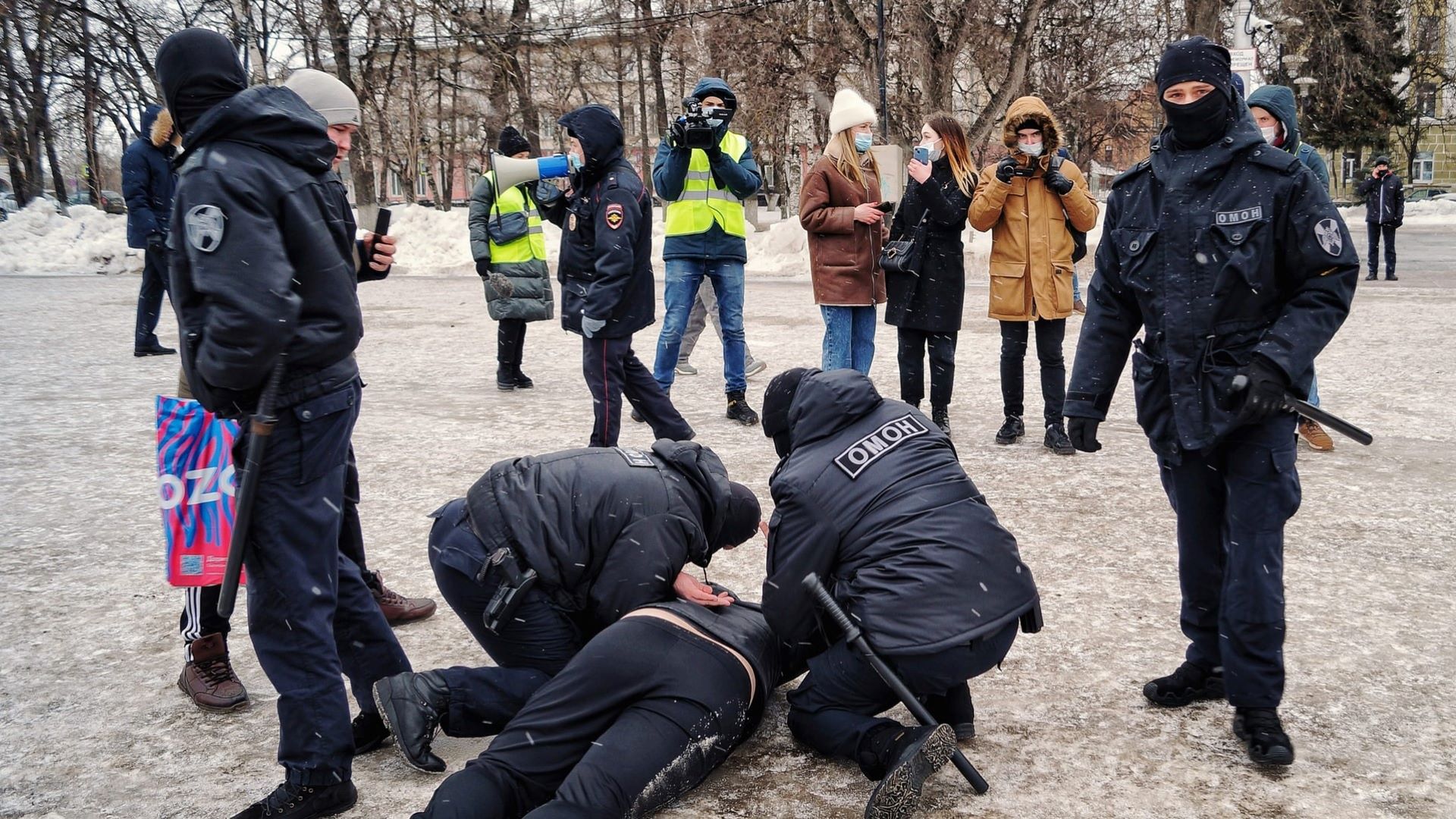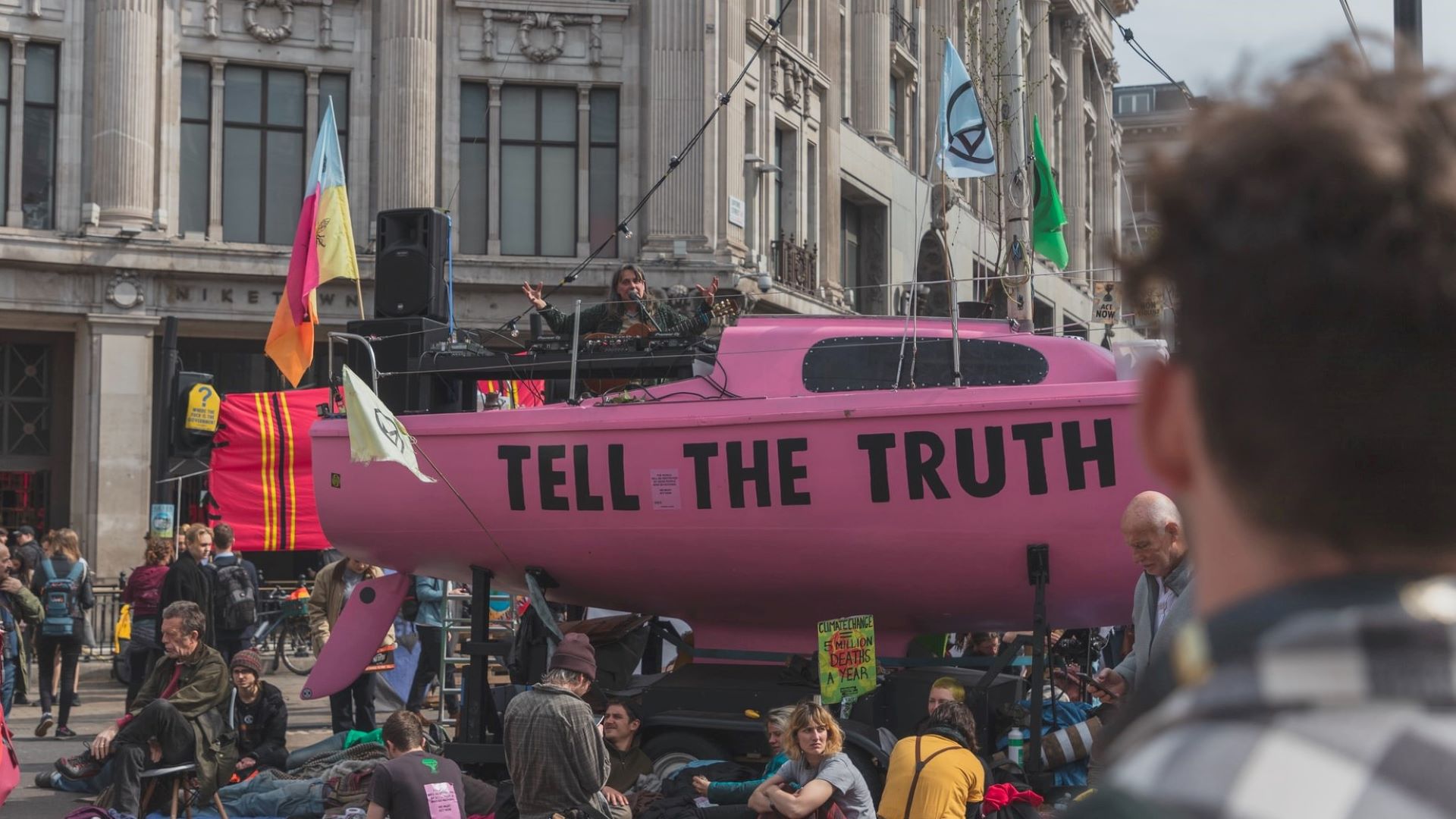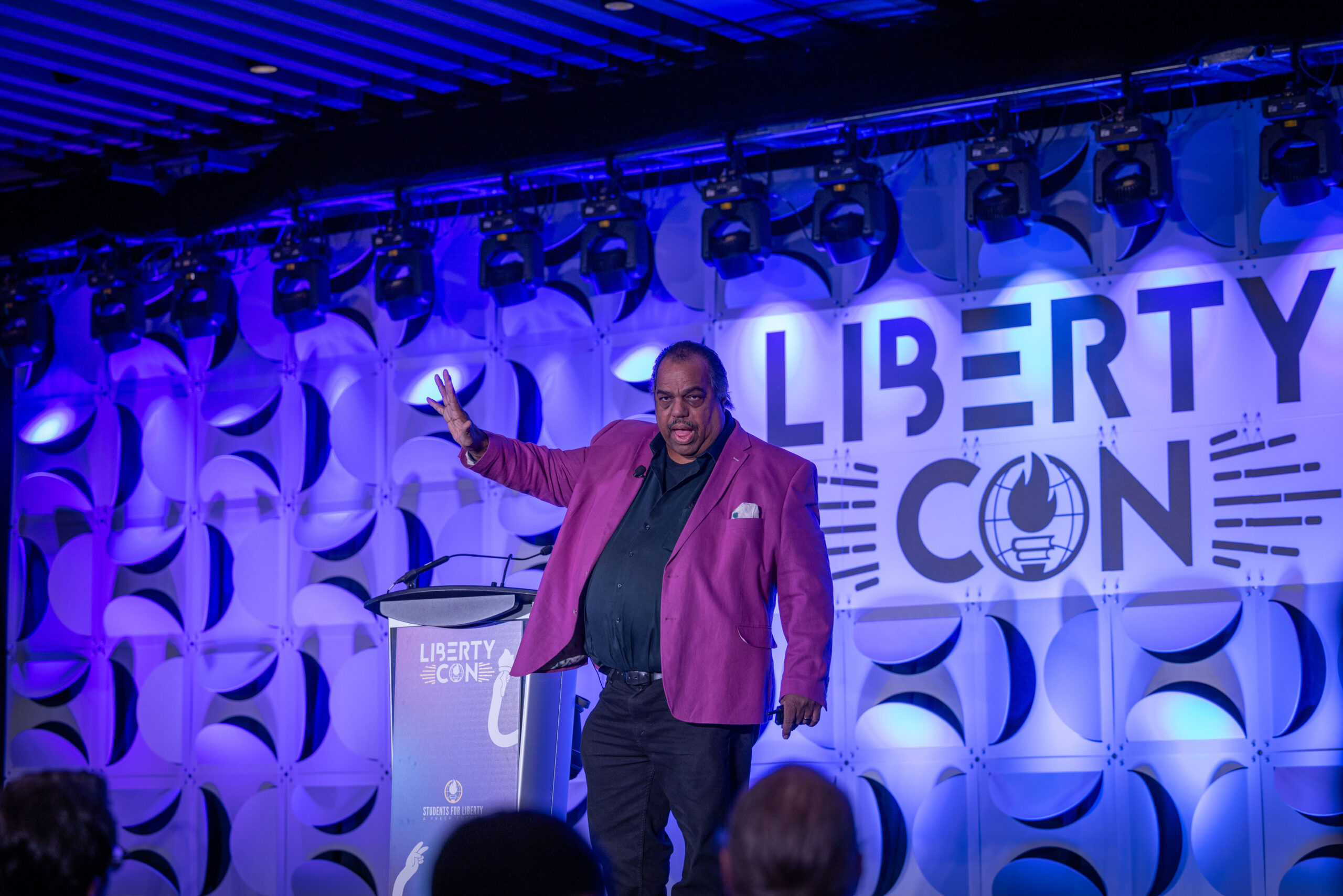A version of this article was previously published on the Learn Liberty blog.
One of the worst aspects of the culture war is its effect on socializing. Ask anyone how they feel about addressing topics of race or gender, and it’s highly likely they’ll feel guilty or even downright scared.
It’s made a minefield of simple human communication and assumptions of good faith, and it sometimes feels like every social interaction is a pile of eggshells waiting to be stepped on.
And who is the source of authority on what is normal awareness and respect of other people, and what is a moral crime based on the current modish way of thinking?
Is asking someone, “Where are you from?” an example of a microaggression? It’s simply arbitrary and unclear.
Microaggressions are a source of confusion
Some old fashioned common sense may shed light on the issue. In general, people apply the term microaggression to describe subtle or perceived insults towards socially marginalized groups.
But it’s such a vague term that innocuous comments that come from a place of genuine curiosity or attempts to connect have been blown up into a politicised, us vs. them, all-encompassing statement that puts us on a course of socially regressive destruction.
Naturally, there are some arguments for curtailing genuine hate speech, but students at college campuses across the country have seen their free speech rights curtailed in the name of microaggressions.
Free speech must not be curtailed over issues of subjectivity
We need to find a way to make sure that people’s right to speak is not curtailed by vague, arbitrary, and subjective notions of what people personally find distasteful. Rather, we need clear rules where intent and aggression, and universally agreed upon patterns of speech are the reasons for stopping someone.
In the Learn Liberty video below, Northwestern University Professor Laura Kipnis argues that we should differentiate between harmless microaggressions and harmful hate speech, for which there should be consequences.
So how should we handle microaggressions? Dr. Kipnis explains that they should be treated as opportunities for conversation. People should be able to make it known when something offends them without relying on ambiguous speech codes to protect them.
Discussions about controversial issues enhance the educational experience; fear of saying something that might somehow be interpreted as offensive stifles it.
This piece solely expresses the opinion of the author and not necessarily the organization as a whole. Students For Liberty is committed to facilitating a broad dialogue for liberty, representing a variety of opinions.









